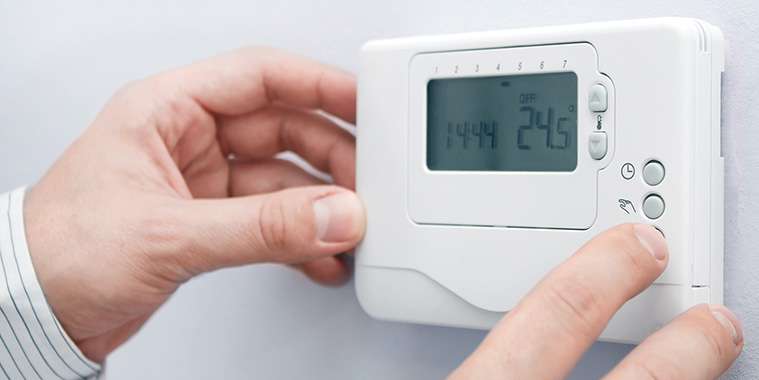With colder weather upon us, we’re switching from using our air conditioning units to our furnaces.
To stay safe, and to ensure that your natural gas furnace and appliances are in tip top running order, make sure your natural gas furnace and appliances have been cleaned and inspected by a licensed heating contractor to prevent any unwelcome surprises this winter.
You don’t want your furnace to stop working when it’s -40°C outside! Anyone who has that happen to them knows just how inconvenient the exerpience is. To head off any nasty
surprises, follow these tips from Manitoba Hydro.
How to know if your furnace needs to be repaired or replaced
If your furnace isn’t working properly, warning signs may include:
• A pilot light going out repeatedly.
• A loud bang when your furnace turns on. If this happens, turn down your thermostat immediately and call Manitoba Hydro.
• Too much or too little heat.
• Excessive soot or corrosion on the appliance or vent (white, brown or black streaks).
• Signs that the flame has extended out of the furnace, like scorch marks by the door or other opening.
• A “rotten egg” smell, or a sharp odour that makes your eyes sting. If an odour is present, do not use your phone, light switches, appliances, or operate any source of ignition. Evacuate your home immediately and call 911 or Manitoba Hydro at 1-888-MB-HYDRO from a safe place outside of the home.
• A yellow or wavering flame — it should be blue. A yellow flame may be a sign of carbon monoxide (CO). Symptoms of CO poisoning may include nausea, headache, fatigue or other flu-like symptoms. If carbon monoxide poisoning is suspected, call 911 and get everyone to fresh air.
If your pilot light goes out
Most natural gas appliances with a pilot light are designed to shut off automatically if the pilot goes out. For your safety, call Manitoba Hydro at 204-480-5900 or 1-888-MBHYDRO to relight the pilot.
How to save on heating costs during the colder months
The average home can expect to see 60% of their monthly energy bill go towards home heating! With everyday costs on the rise, this can take a financial toll on homeowners. Fortunately, small changes can add up to big savings that help reduce your heating bill, such as:
• Install weatherstripping and caulking around doors and windows to reduce air leakage and save energy.
• As a low-cost alternative to upgrading your windows, install an insulating kit on the interior sides of the windows. The addition of this film results in energy savings that also reduce condensation build-up on the glass and subsequent damage to your home.
• Adjust your thermostat at night and when you’re not at home. In the winter, lower the termperature by 3°C or more for at least eight hours a day — like at night when you’re sleeping — to save up to 4% on heating costs.
• Change your furnace air filter every three months and get your ductwork cleaned out regularly.
• Schedule regular maintenance of your heating and cooling equipment. Your furnace and air conditioner will last longer if you head off any problems before they crop up.
Visit efficiencyMB.ca for more tips like these and for ways to receive rebates on everything from lightbulbs to new furnaces, doors and windows.
How often do you reach for an extension cord?
Extension cords are especially handy in the winter months to plug in your block heater on your car, a space heater in colder areas of your home, or seasonal light strings. But just like anything that conducts electricity, use extension cords carefully.
When choosing the right cord for the job, consider:
• Will the cord be used indoors or out? Never use an extension cord outside that is rated for indoor use only.
• What will you be plugging in? Make sure to match the amperage, and wire gauge to the device you’ll be plugging in. But never use an extension cord with a high wattage appliance or device that produces heat. Plug these directly into an outlet.
• Is the cord you plan to use worn out or damaged? Using a damaged cord can result in a severe shock or fire. Recycle it appropriately.
• Does the extension cord have a certification label like CSA or cUL? This will ensure it meets Canadian safety standards.
• How close is the electrical outlet the cord will be plugged into? Cords are available in various lengths, but the longer the cord, the less its current carrying capacity. Never connect two or more cords together. Never cover cords with a rug or furniture as they can overheat quickly.
• Will the extension cord be used for a short period of time? An extension cord is a temporary solution. If you’re short of electrical outlets in your home, it might be time to hire a licensed electrician to install outlets where you need them.
Visit hydro.mb.ca/safety for more information.



